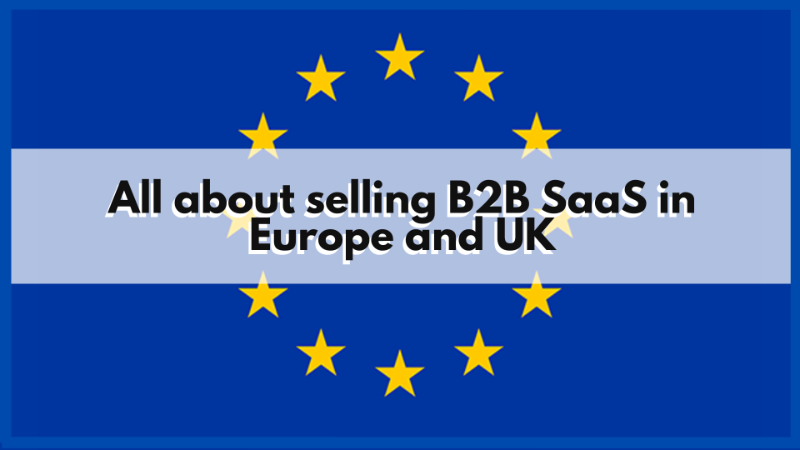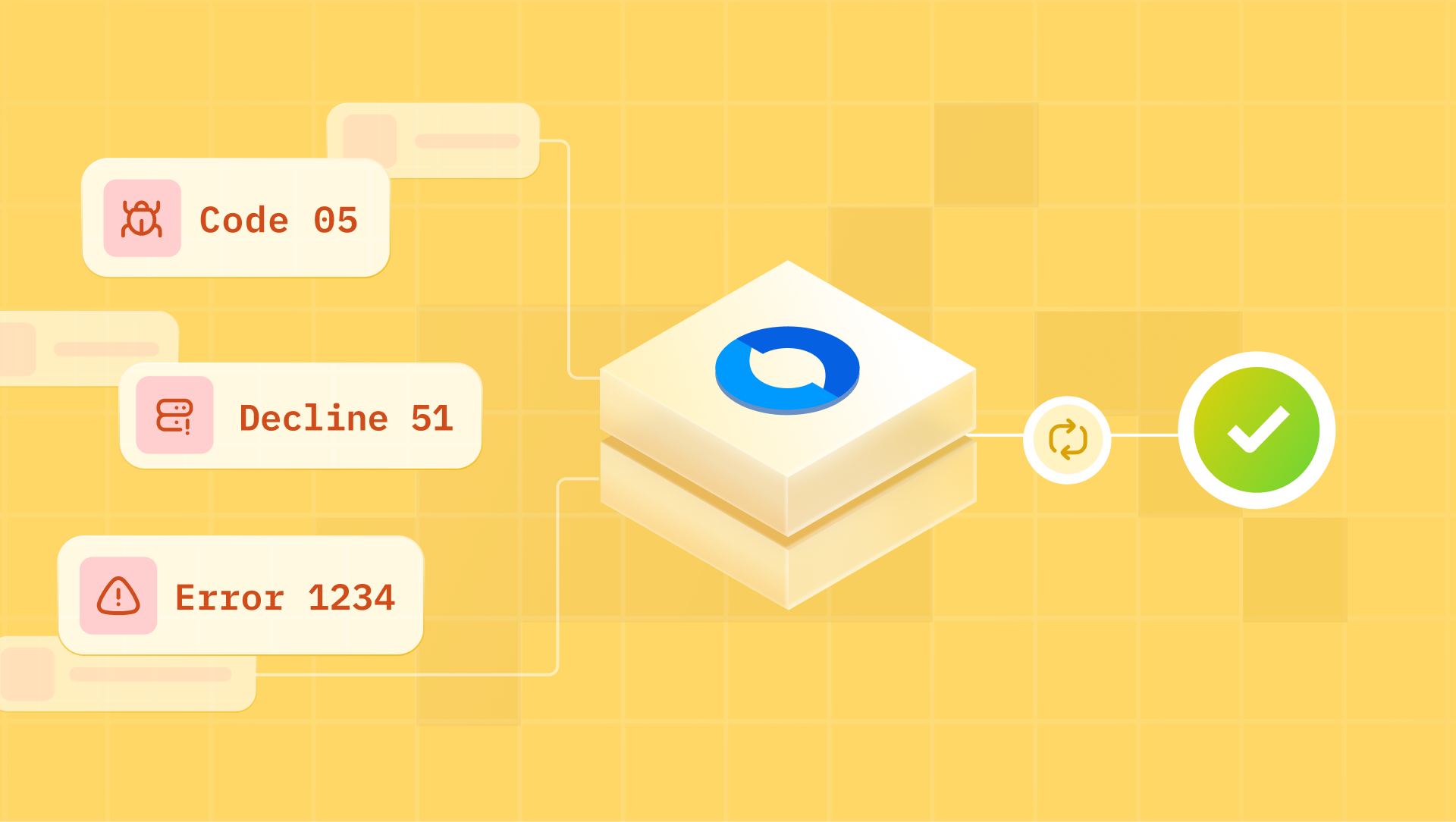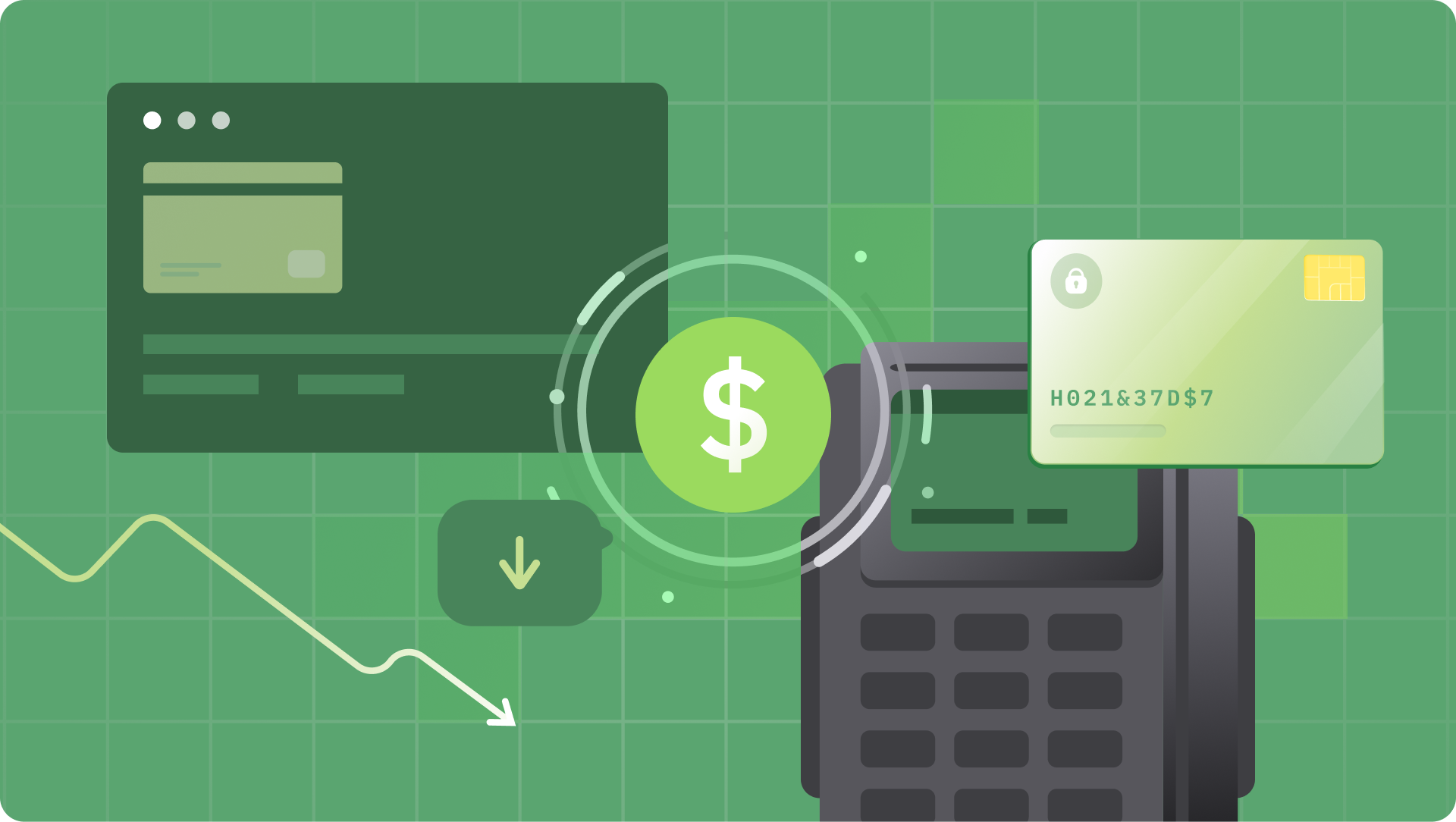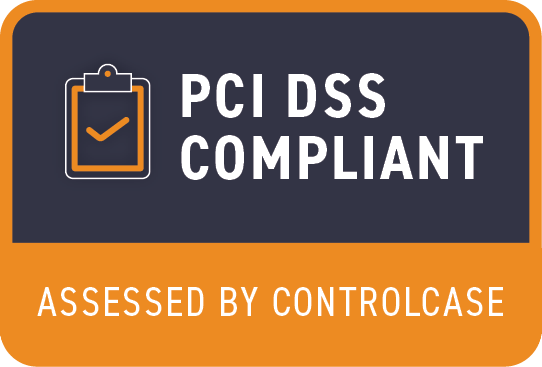The SaaS market size is estimated to be about ~$200bn in 2023 and said to grow by 15% in the next year. B2B SaaS particularly is growing beyond the conventional markets of the North Americas and penetrating into other major geographies like the EU and the UK.
SaaS businesses inherently have the flexibility to scale across borders with ease since there are no logistics involved. The only limiting factor to this growth that is predominantly faced by most businesses is accepting payments globally.
Growing your business globally implicitly invites the need to support multiple currencies and local payments methods according to the customer preferences. This opens a whole new can of worms of deciding on the payment methods, the payment processors that come with it and the associated flows that need to be integrated. This is practically a nightmare for the developers and takes a toll on the customer experience at the checkout.
Choice of Payment Method
Customer Preference in EU and UK:
Unlike the US, the heartland of credit cards, the customers in the EU and UK prefer bank payment methods for setting recurring payments or a digital subscription. This is due to the convenience it offers (don’t have to manually enter card details), higher security (authentication from user for the bank), prominent acceptance by businesses etc.
CountryPreference for Direct Debit
UK
57%
France
58%
Germany
54%
Australia
59%
Spain
65%
Denmark
48%
Sweden
50%
Lower costs:
B2B SaaS payments usually involve higher transaction values, which could incur a significant amount of processing cost when done via cards. Bank Debits are about 3-4% cheaper compared to card payments. For a business that has a GMV of $5Mn per month this could lead to savings of about $2Mn annually.
Lower failure rates:
Setting up a recurring payment via bank debit is more robust since you don’t have to worry about the card expiration, card getting canceled or the associated risks of card frauds. With direct debit, a single authorization from the customer gives you the flexibility to pull funds at desired frequencies and can downgrade or upgrade their subscription without any additional authorization.
Bank Payment Schemes in Europe and UK
SEPA
SEPA is a payment scheme across 36 European countries, simplifying cross-border EUR bank in the EU and available in the following forms:
Direct Debit:
SEPA Direct Debits is a popular payment method for setting up recurring payments. Merchant initiates a direct debit mandate to pull funds from the customer’s account. Upon customer authorization the merchant can charge payments against the mandate issued. This is a delayed payment method and typically takes about 3-5 days to settle.
Credit Transfer:
SEPA Credit Transfer is initiated by the customer who intends to push funds to the merchant’s bank account. These are typically used for one-time payments and take about 1-2 days to settle.
SEPA Instant:
SEPA provides an Instant credit transfer option to move funds electronically to the payee’s account. For this both the payer and payee must be registered as SEPA Instant Members.
It is selectively available and coverage across member countries varies based on the number of banks who have adopted this. It is also considerably expensive since an additional fee is charged by the network. Support for this amongst the payment processors is scarce.
BACS
Direct Debit:
BACS Direct Debit is a popular payment method for customers with UK bank accounts where they can authorize a mandate to the merchant for debit through the BACS network. This is a delayed payment method and takes about 5-6 days to settle.
Credit Transfer:
BACS Credit Transfer is initiated by the customer who intends to push funds to the merchant’s bank account. These are typically used for one-time payments and take about 3 days to settle.
Enabling bank payment methods for the customers in the EU and the UK:
Standard processors like Stripe:
Stripe supports SEPA direct debits for EU and BACS direct debits for UK, although without a robust verification mechanism to authorize the bank account used to initiate payments. Stripe has deprecated the support for third-party verification services like Plaid in favor of the in-house Financial Connections product, which is currently available only for the US region and ACH payment method. To fill this whitespace in the UK, Stripe will provide TrueLayer as a payment option in the near future (although this would be a redirect flow and a bad UX for the user). Hence, a major limitation with the traditional processors is the lack of strong verification mechanism and a native UX that the users are accustomed to.
Neo payment processors like GoCardless:
Payment processors such as GoCardless provide a unified direct debit payment that is integrated to all the popular banks in Europe and UK. They eliminate the need for the merchant to create a local bank account in the respective countries to collect payments in local currencies. Instead they receive payments and pass it to the merchant through payouts in the desired currency.
Limitations:
- They are limited to 8-10 currencies
- Does not support instant payment since it relies on SEPA network
- Verification of the account details is not enforced
Open Banking processors like Truelayer, Plaid:
Post the PSD2 regulations, there is a new wave of open bankingproviders that primarily do Account Identification and Payment Initiation. These third party providers are directly connected to the banks using the open banking APIs. Upon user consent and bank authentication the open banking processors initiate instant payments. Recurring payments are supported by issuing a SEPA/BACS direct debit mandate. The user adoption for open baking payment methods has been astronomically high making it an inevitable choice for businesses to support.
Merchant of Records like Paddle:
Merchant of Record offloads the burden of getting a payment processor, handling tax compliances, disputes, chargebacks etc. They act as a layer between the merchant and the customer. They receive the payments from the customer on behalf of the merchant and take the entire liability of the payment. Subsequently the amount is paid out to the merchant. These solutions are typically costlier than direct integration for the convenience they provide (about 5-10%).
Need for a Payment Orchestrator
It is clear that the needs of a global business and the payment landscape keeps evolving constantly and there is a strong need to be agile in adopting the same. This is where a payment orchestrator becomes invaluable in reducing the developer efforts and provides the flexibility to pick and choose any payment processor or payment method. It provides advanced payment routing functionality to optimize the choice of processors dynamically to increase payment success rates and reduce processing costs.
Hyperswitch is an open-source payment switch that can be self-hosted easily and instantly scale your payments across the globe with a highly performant system.








